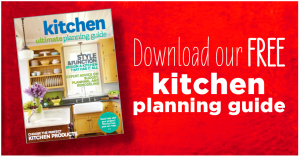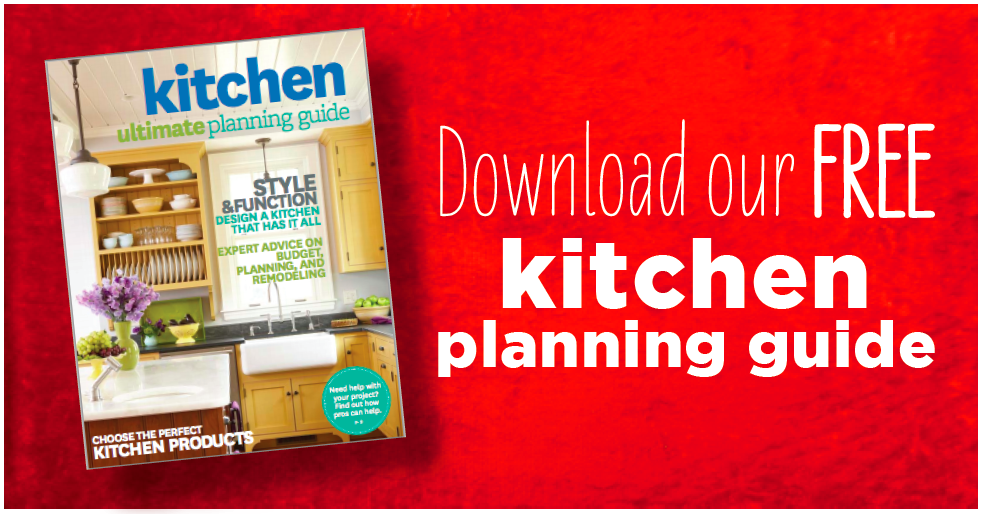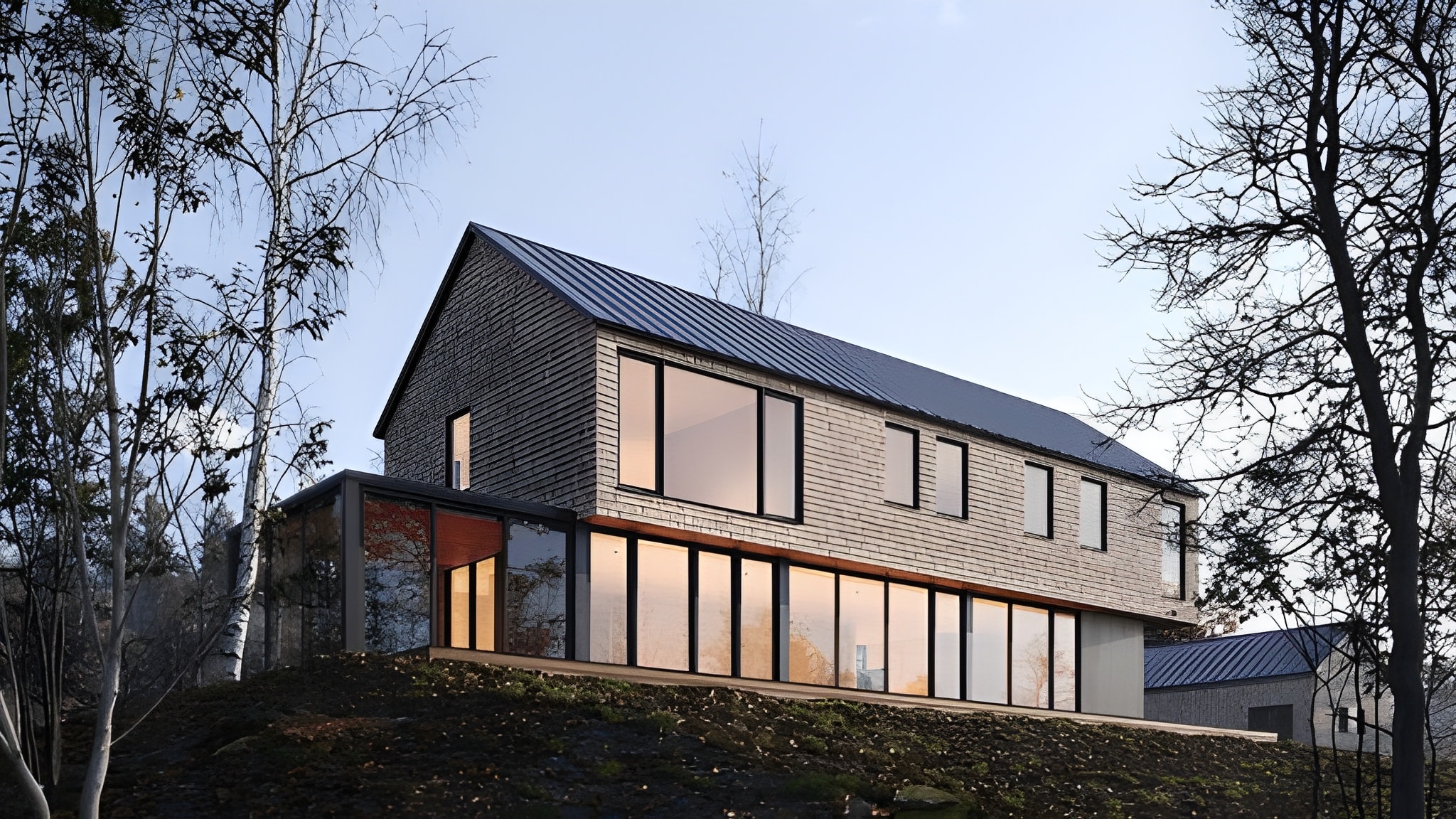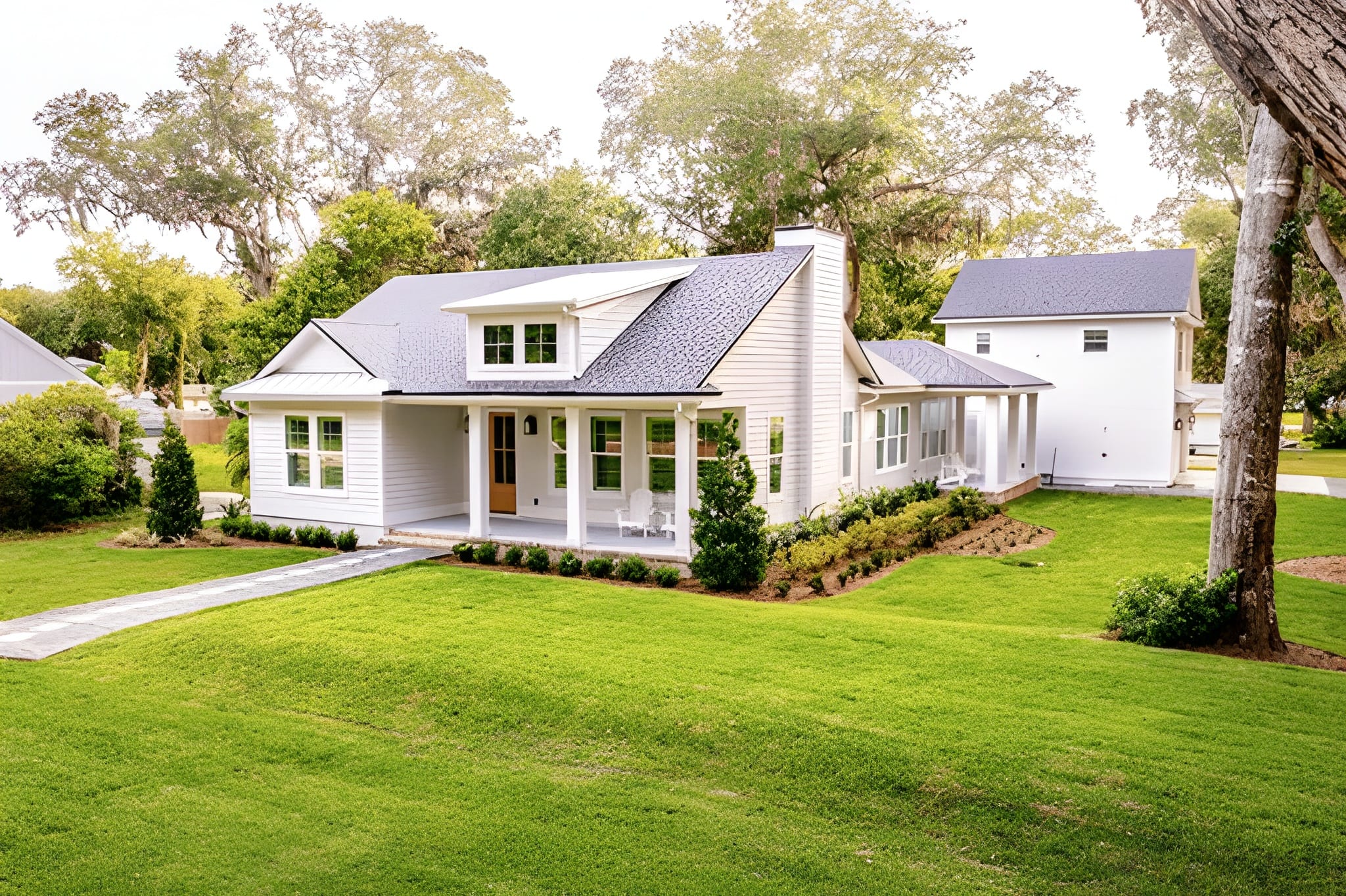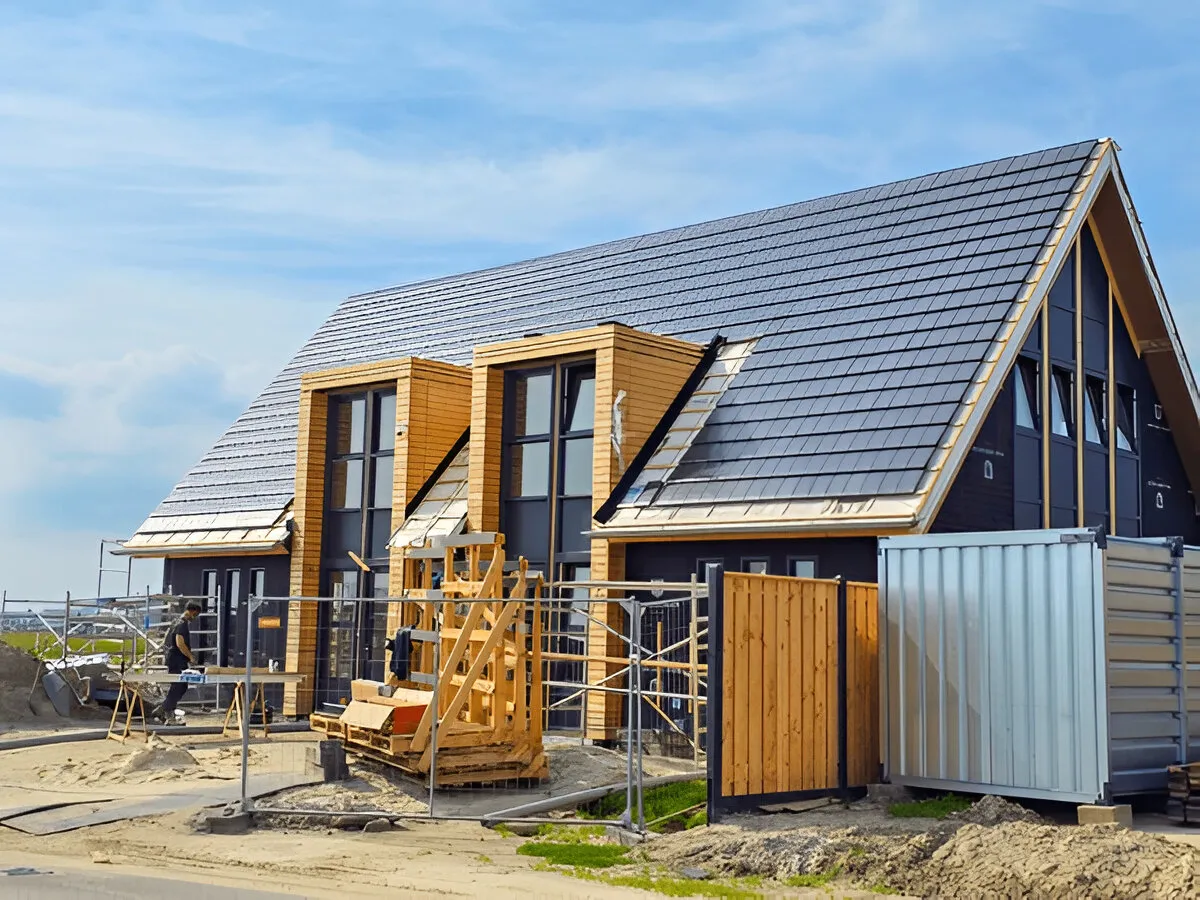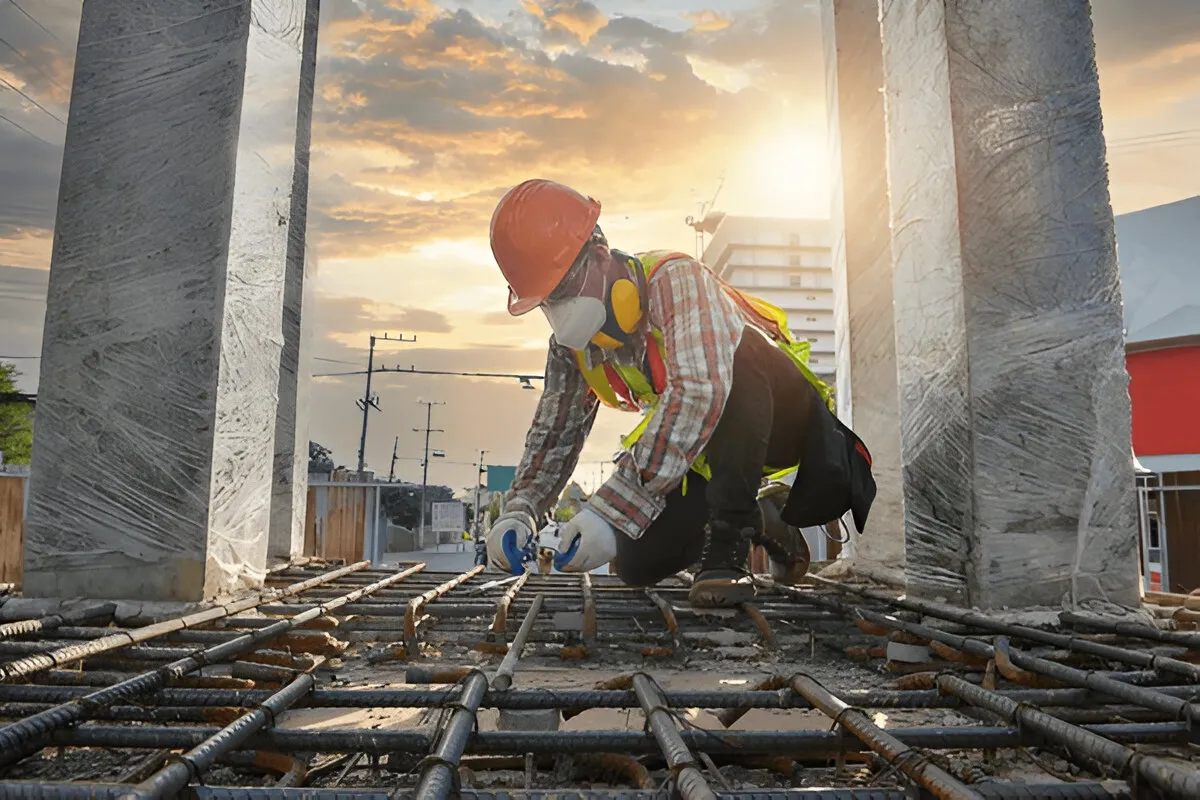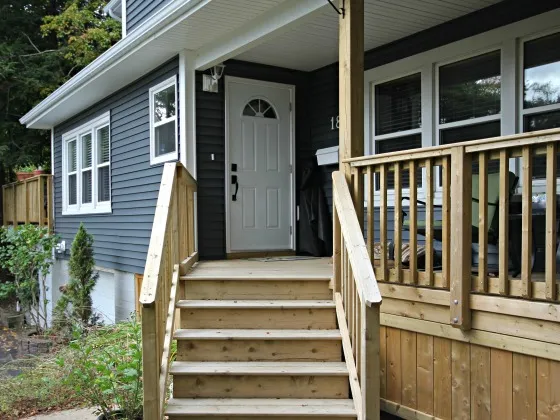You’re renovating your kitchen, but with all the choices on the market today, it’s hard to know where to start.
If your mind wanders straight to colour and texture, you’ve already missed some of the most important considerations in making a selection.
So, to get the most out of your investment start by thinking how each of these 9 pro tips relate to your situation:
Durability: Is your kitchen a high traffic area? do you have kids and pets or are you retired?
Value: What is your budget and what do you feel comfortable spending? Is this a “floor-for-now” or a “floor-for-life” project?
Maintenance: Be honest – are you going to look forward to polishing it once in a while, or are you the “set-it-and-forget-it” type?
Style: What look do you prefer – rustic, traditional, modern, contemporary? Will it fit with your overall design? Do you have ideas of what each of these styles are? Could you benefit from exploring more about each?
Comfort: How will it feel underfoot – will it be cold on your feet? Does the idea of a chilly floor in a midwinter nor’easter make you cringe? Will it make your joints hurt?
Transition: How will it flow into your other rooms?
Hypo-allergenic: Does anyone in your family have allergies or sensitivities to certain materials or cleaning products? Do you know if a particular type of flooring requires the use of these products to clean/maintain them?
Sustainability: Is using a renewable product important to you?
Existing floor: Finally, what sub floor is already there? Is your existing floor level, or will it’s condition affect what you can put on top of it for any reason?
Kitchen Floor Material Comparisons
Now that you have those thoughts in mind, let’s think about some of the most popular options on the marketplace today.
Hardwood:
Hardwood never goes out of style – it’s classic, warm and extremely durable. It’s easy to clean and resists spills and stains alike. If longevity is a key factor, hardwood gives you the option to refinish it again and again over the years and they come in a multitude of textures, plank sizes and colours.
They can be more costly, but if laid properly, can last a lifetime and bring a homey yet luxurious feel to your home.
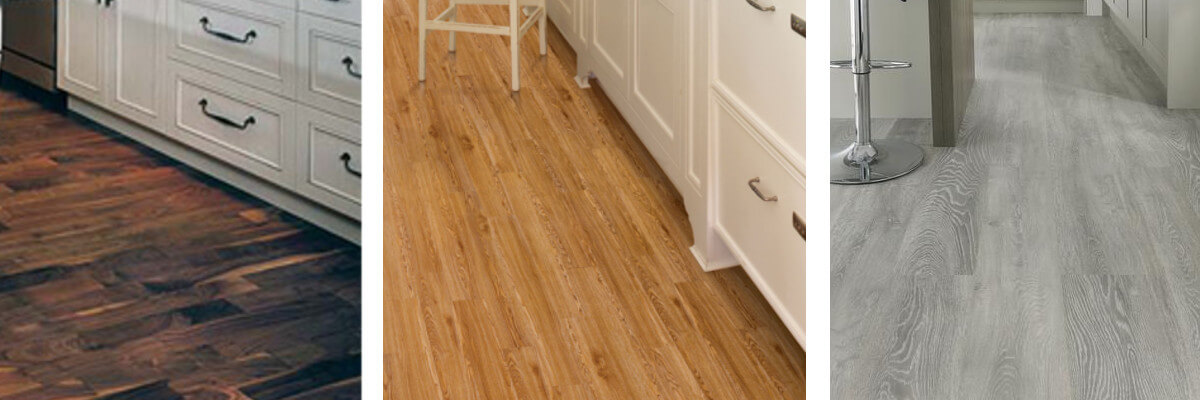
Cork:
If sustainability is high on your list, cork is an eco-friendly way to add an earthy and natural look to any space and is still very durable in high traffic areas. If you love to cook and spend time preparing meals, this floor is very comfortable and warm underfoot. On the down side, it’s typically more expensive than some other flooring and if it’s not installed professionally and properly finished, it may absorb water.
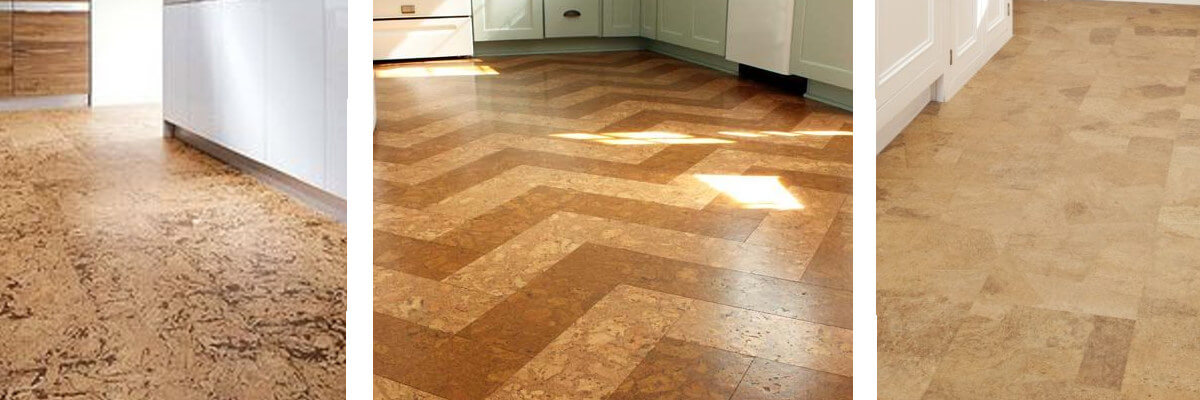
Tile:
Used for centuries, tile provides durable, hygienic and easy to clean flooring. Whether you choose ceramic or porcelain, tiles are stain resistant and easy to replace if chipped or cracked. Another reason for their popularity is the lower price point as well as the endless variety. You have nearly limitless choice for “making it you”, from the colour and spacing of the grout, to the layout and arrangement (straight subway tiles or staggered vs. herringbone or diagonal?), and finally there’s the size, shape, colour, and texture of the actual tiles themselves.
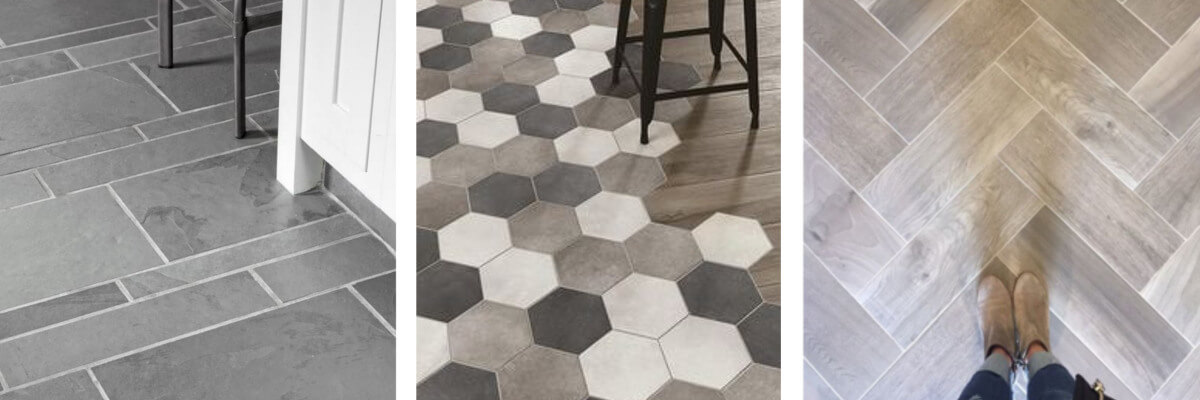
Engineered Hardwood:
Engineered wood has a veneer of hardwood on top of wood layers underneath. Although they don’t last as long as real hardwood and you can usually only sand it once, engineered wood has many things going for it: it is fast to install and more resistant to moisture (ideal for a Halifax basement!).
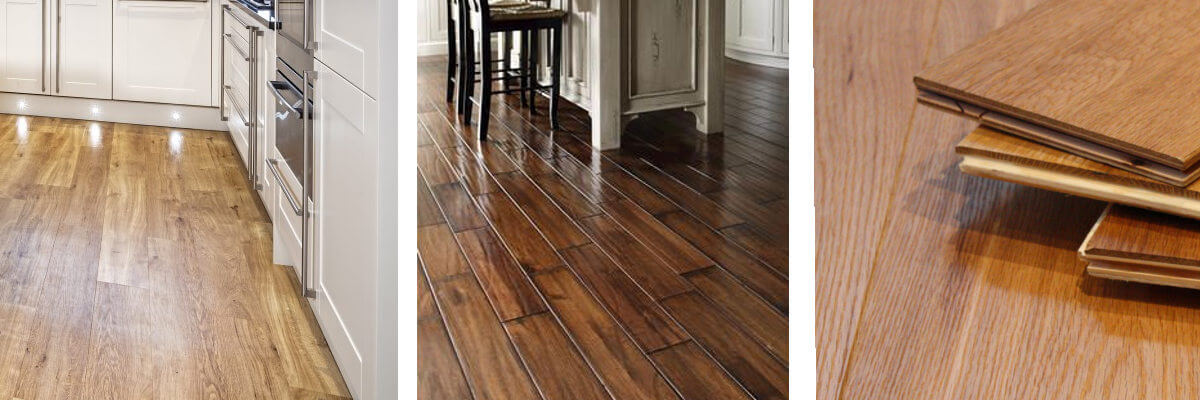
Other:
Some other flooring options to consider are: laminate (aka vinyl) which inexpensive, durable, easy to lay and clean. Laminate has been said to “have a memory” or can “tell the story” of the heavy traffic on it over the years through gouges and markings so think carefully about the long term before going this route.
Much like cork floors, bamboo is a beautiful and highly renewable option for your kitchen. Unlike durable and resilient cork, bamboo can fade over time and is susceptible to water damage.
Last but not least Stone floors are durable and earthy, with a timeless appeal. They are on the high end of the scale for price, are rather labour-intensive to install, and can be very slippery when wet.
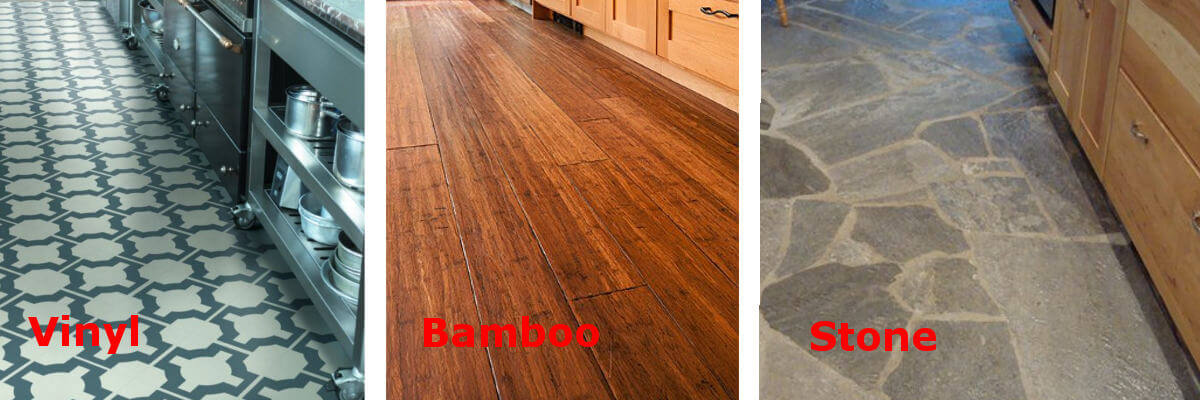
Thinking of the above considerations and materials options before you get too far into your kitchen renovation can reduce anxiety and help you avoid becoming overwhelmed by choice. Going into your decision with more confidence and certainty about your needs will allow you to find the perfect fit, better value, and ultimately longer-term happiness with your new floor.
Now that you have some food-for-thought, why not start a list of what’s important to you and what you want to avoid?
Better Still – DOWNLOAD our FREE Kitchen Planning Guide for this very purpose. We’ve pulled together all the above considerations and more to help you come up with a choice that’s right for you. Also, click here to see a gallery of our kitchens.

